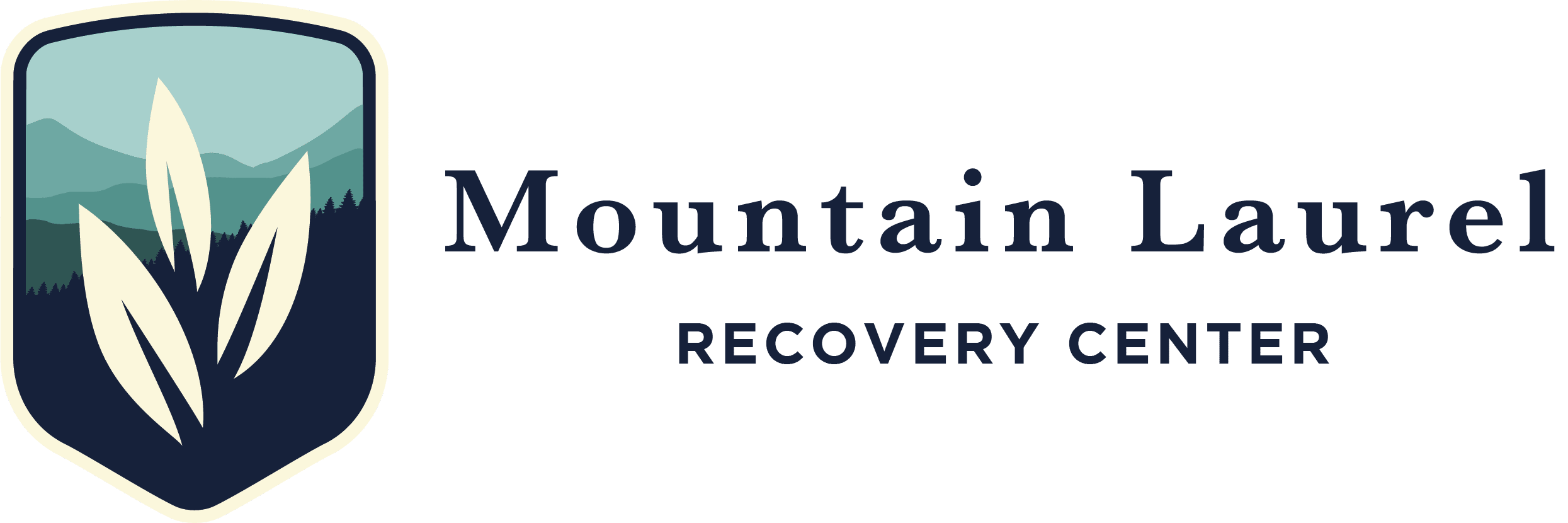 Addiction comes in many forms.
Addiction comes in many forms.
Learning how to recognize the signs of a substance use disorder can help you encourage a loved one who is battling addiction to get help.
Recognizing the Signs of a Substance Use Disorder
Sometimes it’s difficult to distinguish normal moodiness or angst from signs of a more serious issue. However, some common signs that suggest someone is struggling with a substance use disorder include:
- Neglected appearance: lack of interest in personal hygiene or clothing
- Physical health issues: red eyes, weight loss or gain, lack of energy, or decreased motivation
- Changes in behavior: obsession with privacy, desire to keep secrets about activities, or drastic changes in behavior/relationships
- Problems at school or work: frequent absences, a sudden disinterest in activities, or a general drop in performance
- Money issues: making requests for money without a reasonable explanation, stealing cash, or selling items for drugs
Signs of Illegal Substance Abuse
The most common association with the word addiction is illegal substances, or street drugs. Many of the following signs and symptoms can show up in other addictions as well, but due to the nature and strength of illegal substances they’re likely to be more drastic with this type of addiction.
Drug addiction symptoms/behaviors may include:
- Needing more of the drug to get the same effect
- Taking larger amounts than you first intended
- Feeling that you have to use the drug regularly
- Intense urges that block out other thoughts
- Making certain that you maintain a steady supply of the abused substance
- Continuing to use the abused substance, even though it’s causing problems
- Spending excessive amounts of money on the drug
- Stealing to obtain drug money
- Driving under the influence
- Unsafe sex while under the influence
- Spending a good deal of time getting, using, or recovering
- Not meeting obligations and work responsibilities, or cutting back on social or recreational activities because of drug use
- Experiencing withdrawal symptoms
- Failing in attempts to stop using
Signs of Alcohol Abuse
Men are two to four times more likely to become alcoholics than women, but an estimated 3-5% of female drinkers are dependent on alcohol. People who started drinking prior to age 16, women who consume more than 12 drinks per week, and men who consume more than 15 drinks per week have a higher chance of alcoholism.
Symptoms of alcoholism can include:
- Drinking alone or in secret
- Inability to limit the amount of alcohol consumed despite intentions to do so
- Feeling a compulsion to drink
- Anxiety, depression, or irritability
- Blackouts (inability to remember what occurred while drinking)
- Insomnia
Signs of Prescription Drug Abuse
Only recently has the danger surrounding prescription drug abuse come to light. Because commonly abused prescription drugs activate the brain’s reward center, it’s possible to develop physical dependence and addiction.
People suffering from chronic pain are at high risk of developing an addiction. People struggling with anxiety are also at a higher risk. Early identification and early intervention are important to preventing the problem from turning into addiction.
Because of their mind-altering properties, the most commonly abused prescription drugs are:
- Opioids, used to treat pain
- Anti-anxiety medications, sedatives, and hypnotics, used to treat anxiety and sleep disorders
- Stimulants, used to treat attention-deficit/hyperactivity disorder (ADHD) and certain sleep disorders
Many signs and symptoms of prescription drug abuse depend on the specific drug, but there are some red flags that are common across the board.
- Taking higher doses than prescribed
- Stealing, forging, or selling prescriptions
- Continually “losing” prescriptions so more must be written
- Seeking prescriptions from multiple doctors
- Excessive mood swings/hostility
- Increase or decrease in sleep
- Poor decision making
Signs and symptoms of opioid abuse can include:
- Increased pain with increasingly higher dosages
- Constipation
- Nausea
- Euphoria
- Drowsiness
- Confusion
- Poor coordination
- Slowed breathing
Signs and symptoms of sedatives/anti-anxiety abuse can include:
- Drowsiness
- Confusion
- Dizziness
- Unsteady walking
- Slurred speech
- Poor concentration
- Problems with memory
- Slowed breathing
Signs and symptoms of stimulant abuse can include:
- Reduced appetite
- Agitation
- High body temperature
- Insomnia
- High blood pressure
- Irregular heartbeat
- Anxiety
- Paranoia
The risk of death or very severe medical consequences is extremely high in prescription drug abuse. The risk goes up if the drugs are combined with alcohol, other prescriptions, over-the-counter medications, or illegal substances.
Help Is Available
When you think you or a loved one might have a substance use disorder, it can be hard to know where to turn. You may worry others will judge you or your loved one, but no one can battle an addiction alone!
Mountain Laurel Recovery Center provides detox, residential treatment, and extended care services to help individuals struggling with drug or alcohol build a solid foundation for sobriety. Asking for help is the first step toward a brighter future.

 Addiction comes in many forms.
Addiction comes in many forms.